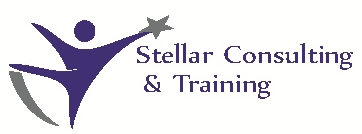It looks like nothing was found at this location. Maybe try one of the links below or a search?
Recent Posts
Most Used Categories
Archives
Try looking in the monthly archives. 🙂

Learning Center of Excellence
It looks like nothing was found at this location. Maybe try one of the links below or a search?